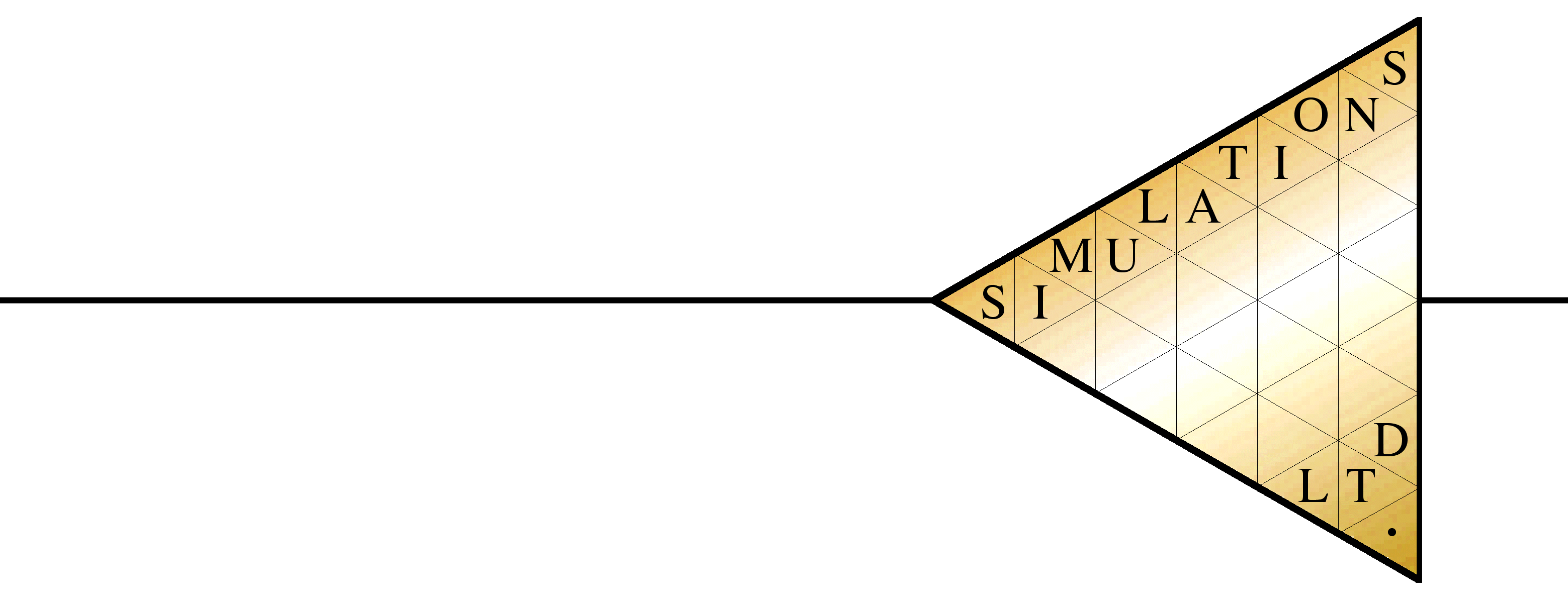Model building


Model Building
At Simulations Ltd. we build the models so that you can build the building.
The better that we can all see, feel and discuss the design, the better the design becomes. That's why we offer our clients a full 3D model of all designs.
_________________________________________________________________________________
**How to use the 3D models - the basics.**
Download the 3D file to your browser.
**Once you have the 3D file:**
1. Click off the onscreen QR code.
2. If you want to walk through walls to get inside the building, activate walkthrough by clicking on the middle icon at the bottom of the screen (the two feet walking)
3. To enter full VR, download the Vectorworks Odyssey app to your headset, then click on the VR headset icon at the top right of browser screen. This gives you a code to use in your headset to download the model to it.
You can click here for a full walk through the Odyssey interface and here for the matching building model.
_________________________________________________________________________________
A brief history of architectural visualisation

An 18th-Century Country House plan (Attingham, Shropshire).
Originally, drawings were made using pen and ink. For most projects, copies were produced by hand, sometimes aided by a 'pricker out'. This was a person who would push a pin through several sheets of paper at key points of the geometry, so that copiers could then 'join the dots' on each copy.
In the 1890s the invention of cyano and later diazo 'blueprints' made copies easier to produce but the originals were still as hard to produce.

Perspective of interior, Attingham House.
A perspective, in particular, took a skilled artist many hours to produce and was usually used to 'sell' a design to the client. The artist would naturally choose the most flattering view.
This is of course still the case today….



Nowadays, using 3D CAD, perspectives can be produced more or less on demand, aiding the design and communication process. A 360˚ panorama (see below) or video can be particularly useful when trying to see all round or into a space.

The ultimate is to export the model into Twinmotion (from Epic Games). This gives higher quality graphics and better lighting such as are shown here.
Feel free to contact us for more information or to discuss your project.
